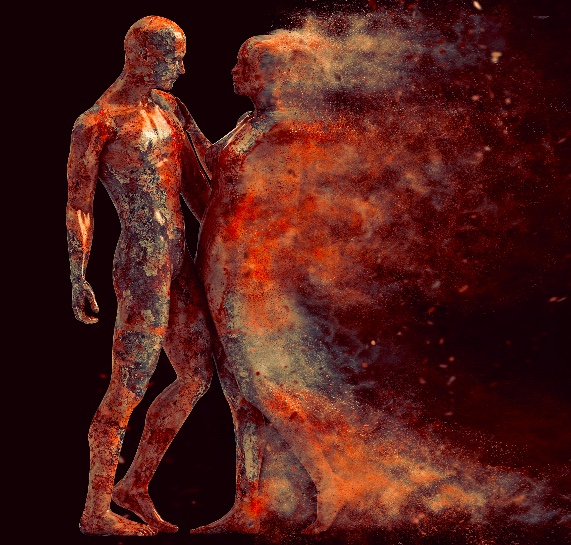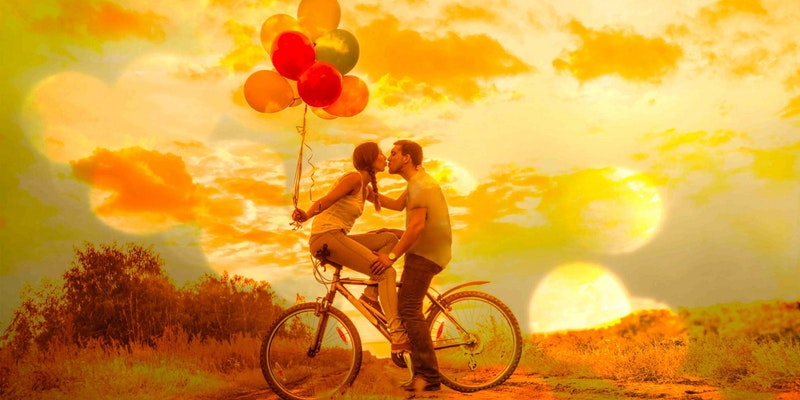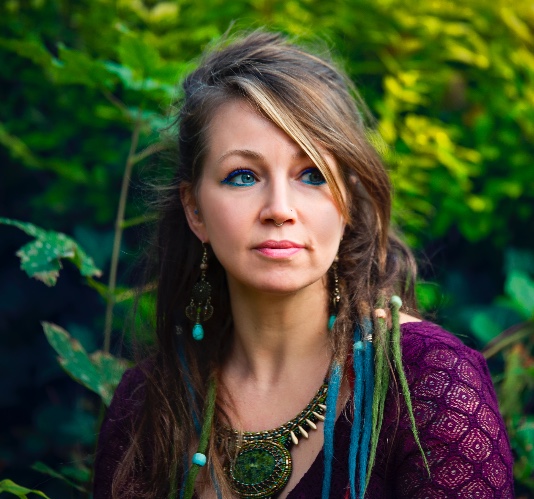We love these words of wisdom by the renowned meditation coach and author Sandy Newbigging. In this sneak peek from our Winter 2018/19 issue, he shares his advice on how to generate a greater sense of love in our lives.
Love & Relationships
In this beautiful article from our Winter 2018/19 issue, our resident Tantra expert Dawn Cartwright explored the inherent beauty of winter months, and how it can bring us closer to ourselves and to our beloved ones. Her suggested ceremony that you can perform at this time of year – Winter Lovers – is aimed at kindling Tantric energies and supporting lovers as they merge with themselves and one another.
Spirituality and the City: What Does Love Mean to Me?
In the Winter 2018/19 edition of Spirituality in the City, we asked some of our readers to answer the profound question, ‘what does love mean to me?’ Their answers were deeply enlightening and heartwarming. They gave us a lot to ponder about!
In this sneak peek from our Winter 2018/19 issue, our resident Tantra expert Dawn Cartwright explored the inherent beauty of winter months, and how it can bring us closer to ourselves and to our beloved ones. Her suggested ceremony that you can perform at this time of year – Winter Lovers – is aimed at kindling Tantric energies and supporting lovers as they merge with themselves and one another.
Judith McAdam is our newest regular writer and we are thrilled to have her on board. If you haven’t seen it already, make sure you check out the visualisation track we created with her – it is available to purchase on our site right now. Below, we are sharing a sneak peek of her fantastic article on negative and positive momentum, which appears in our Winter 2018/19 issue. Check here for your nearest stockist, or subscribe to receive a copy direct to your door.
In the face of death, how can we stay anchored in love? This final article for Positive Life from the amazing Dee Wallace touches on a theme that holds great resonance for many people during November (the month of remembrance and honouring the souls of those who have passed). This article appeared in our Autumn 2018 issue.

Love and Death
Staying Anchored in Love
by Dee Wallace
Those are the two topics which seem to be permeating the energy right now. Let’s talk about love first.
My beloved older brother, Dennis, was visiting the last two weeks. Through all the trials and instability of our childhoods, Denny was my rock. Throughout his life, he was voted one of the country’s top young men to succeed, became a minister, worked for President Nixon, created several businesses and raised three amazing children. He also took dreadful care of himself: resulting in strokes, heart attacks and brain damage. He lost his business. He lost his house. At 75, he looks older than he should, and is depressed about his losses.
His visit reminded me of what my mother – saint of love – taught me about my aunt, a recovering, cranky alcoholic, when she was riddled with cancer. As a young adult I was often disgusted at her incapacity to conduct herself with dignity.
My mother took me aside quietly, looked deep into my eyes, and said:
You didn’t know your Auntie Lee when she was the first to graduate college in the family, or the first to be a successful businesswoman, or the myriad of times she paid our rent, or supported me when daddy was so sick, or helped take care of you kids financially. She is important to me, D.D., She is my sister, and I love her. We don’t stop loving people because they lose their way, or get old, or get sick, or can’t live with as much dignity. We love people because that is the right thing to do. No matter what. And we remember them for who they truly are, and the vibrant people they have been.
When I got to spend this valuable time with my brother, we spent many hours reminiscing about his victories of life. I spent a lot of time celebrating who he is, who he was, and most importantly, encouraging him to be who he still can be. That’s life. That’s being vibrant till the last moment. So many people are waiting to die because they have changed from “the person they used to be”, instead of asking, “How can I live to my fullest NOW?”
DEATH
I have experienced so much death in my life. It is never easy. No one expects it to be. But the channel wants to give us all some insight and comfort about this.
1) No one leaves without choice. You’ll never understand it, but you can have peace in accepting it
2) Your loved one’s energy is always available to you. Talk to them. And LISTEN and feel their response. As in everything, you must ask for them to touch you with their presence.
3) Trust yourself to connect. It is easy.
4) You may be given pictures, or memories, or emotions. Know that those are all forms of communication.
5) Move into a place of joy and acceptance and love as quickly as you can. It helps free their energy to connect with you.
6) Remember, you are the power and the love that chooses to create this connection. Embrace it and celebrate it when you are ready.
Death is a birthday for those who leave. It is a challenge for those “left behind” to move on, live in love, and experience the rest of life with joyful creation. Yes, it can be hard … until there is a choice made to embrace it. Honour your loved ones by living life to the fullest. They want it that way.
Blessings, Dee
“Love’s stronger than fear and death.”
– Steve Hackett
“Love has no age, no limit; and no death.”
– John Galsworthy






